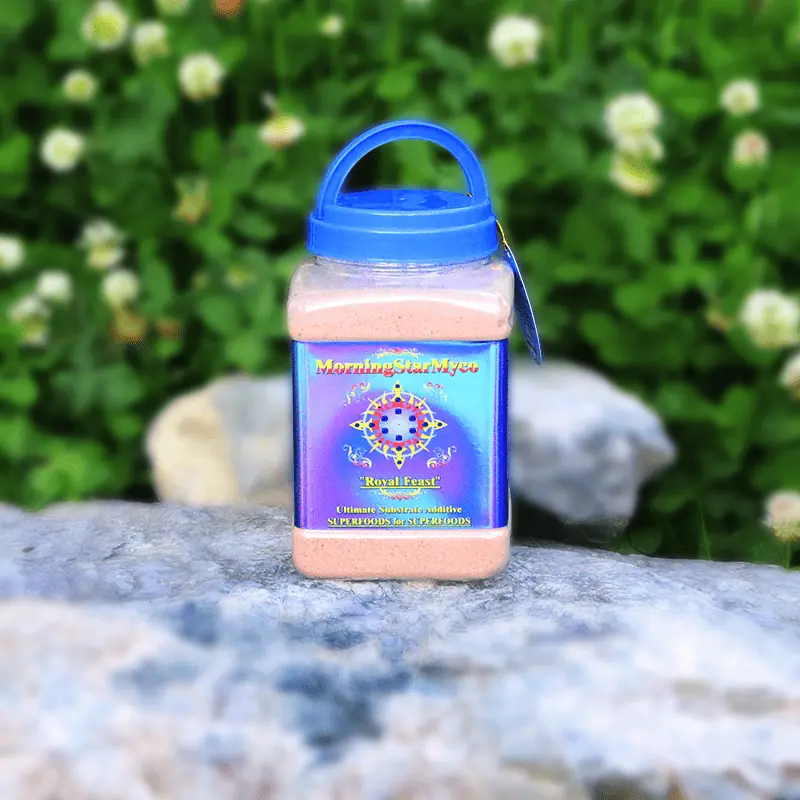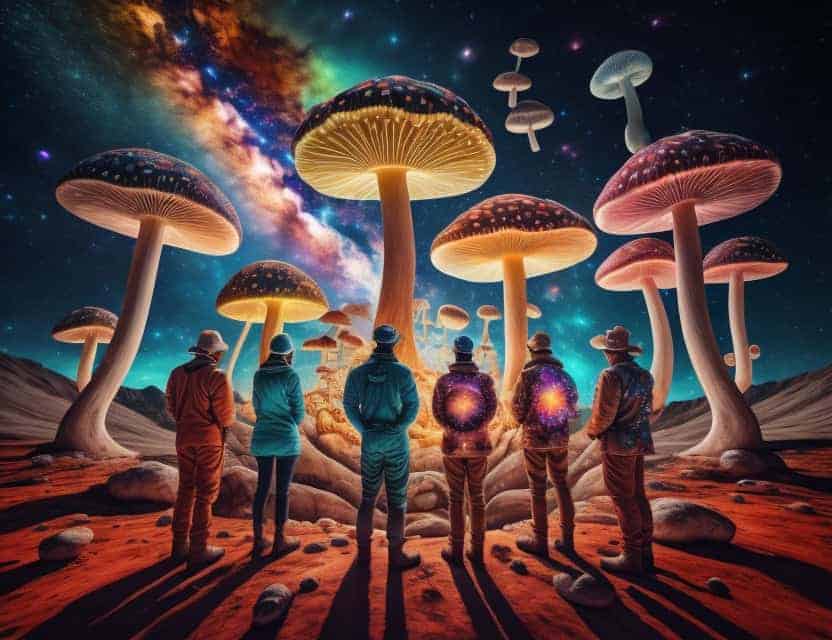
Want access to discounts? Join our newsletter for exclusive discounts and be the first to know when new products hit the store!

Nature versus nurture has been an age-old debate, not just for humans but also for the incredible world of mushrooms. When it comes to gr wing the highest quality psychedelic and functional mushrooms, it’s essential to understand that both nature and nurture play pivotal roles in unlocking their true potential. In this blog, we’ll explore how high-quality genetics set the foundation and how the absolute necessity for top-notch nutrients, including vitamins, minerals, micronutrients, and amino acids, can bring forth the most exceptional mushrooms possible.
Just like humans inherit certain traits from their parents, mushrooms inherit specific genetic characteristics from their parent strains. These genetics form the foundation for the mushroom’s growth behavior, appearance, and potential to produce unique chemical compounds and alkaloids.
While genetics provide the starting point, it is the nurturing process that holds the key to unlocking the full potential of psychedelic and functional mushrooms. A robust and balanced nutrient supply, including vitamins, minerals, micronutrients, and amino acids, is vital for the mushroom’s development and the synthesis of essential compounds.
Vitamins and minerals are the building blocks that fuel the mushroom’s growth and chemical processes. From vitamin B for cellular energy production to minerals like potassium and phosphorus for robust mycelium development, each nutrient serves a unique purpose in the mushroom’s journey to maturity.
Often overlooked, micronutrients like iron, zinc, copper, and manganese are essential players in the mushroom’s nutrient orchestra. They act as catalysts for various biochemical reactions, promoting enzyme activity and supporting the synthesis of vital compounds.
Amino acids are the fundamental components of proteins, which are essential for the mushroom’s structural integrity and enzymatic activities. Each amino acid acts like a brick in the mushroom’s cellular wall, determining its overall strength and resilience.
Diversity in the mushroom’s diet is as crucial as it is for us humans. A blend of nutrient-dense food sources, such as compost, organic matter, and specialized mushroom substrate, provides a rich array of essential nutrients that nourish the mycelium and fruiting bodies.
In the nature versus nurture debate for growing the highest quality psychedelic and functional mushrooms, it’s clear that both factors are indispensable. High-quality genetics set the stage for the mushroom’s growth and unique traits, while a rich supply of vitamins, minerals, micronutrients, amino acids, and multiple nutrient-dense food sources is essential to unlock the true potential hidden within the mushroom’s DNA. By combining the forces of nature and nurture, we can produce mushrooms that are not only visually stunning and flavorful but also packed with potent compounds that have captured the fascination of humans for centuries. So, let’s embrace the harmony of nature and nurture, and witness the wonder of mushrooms reaching their peak brilliance.